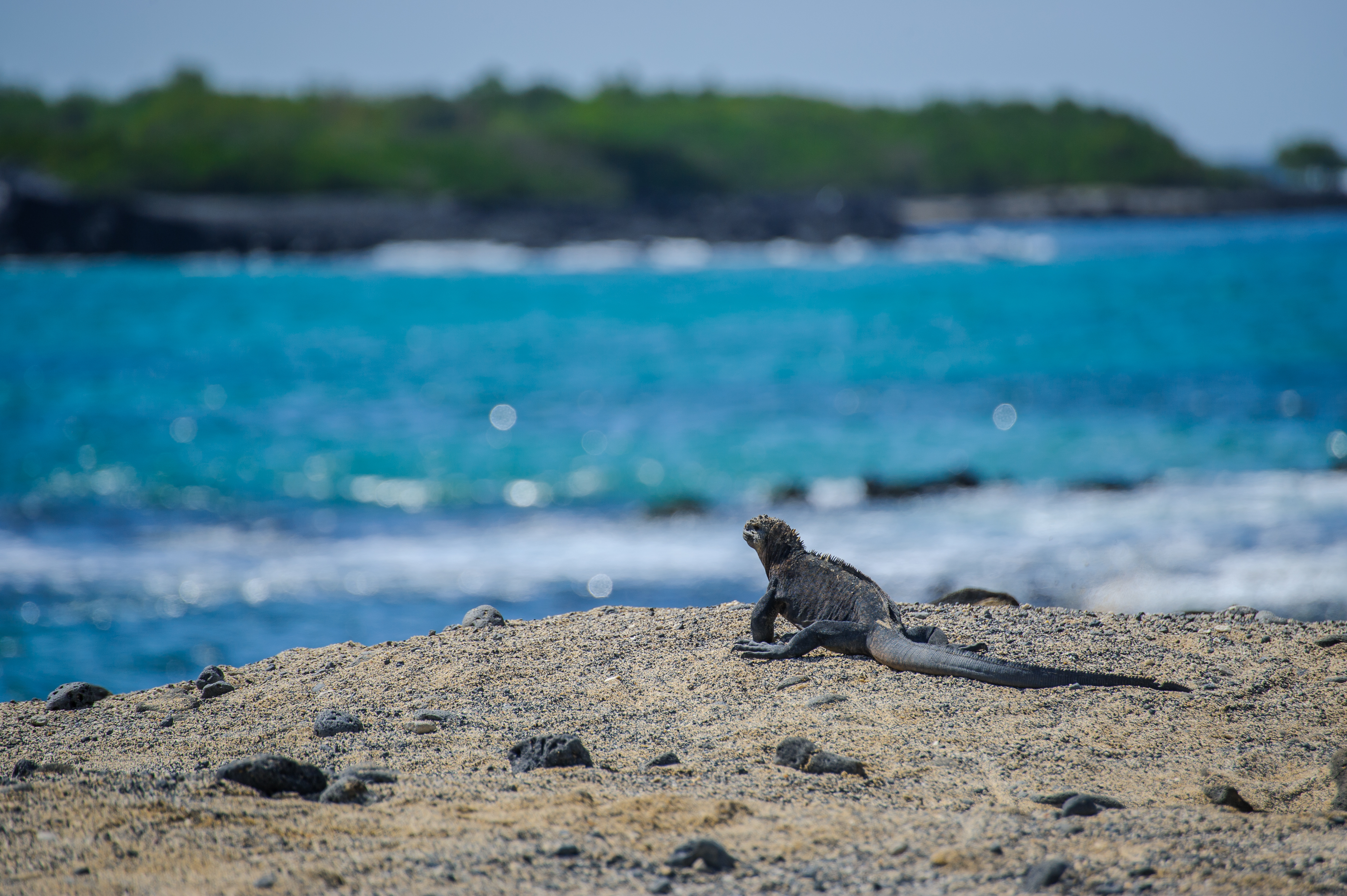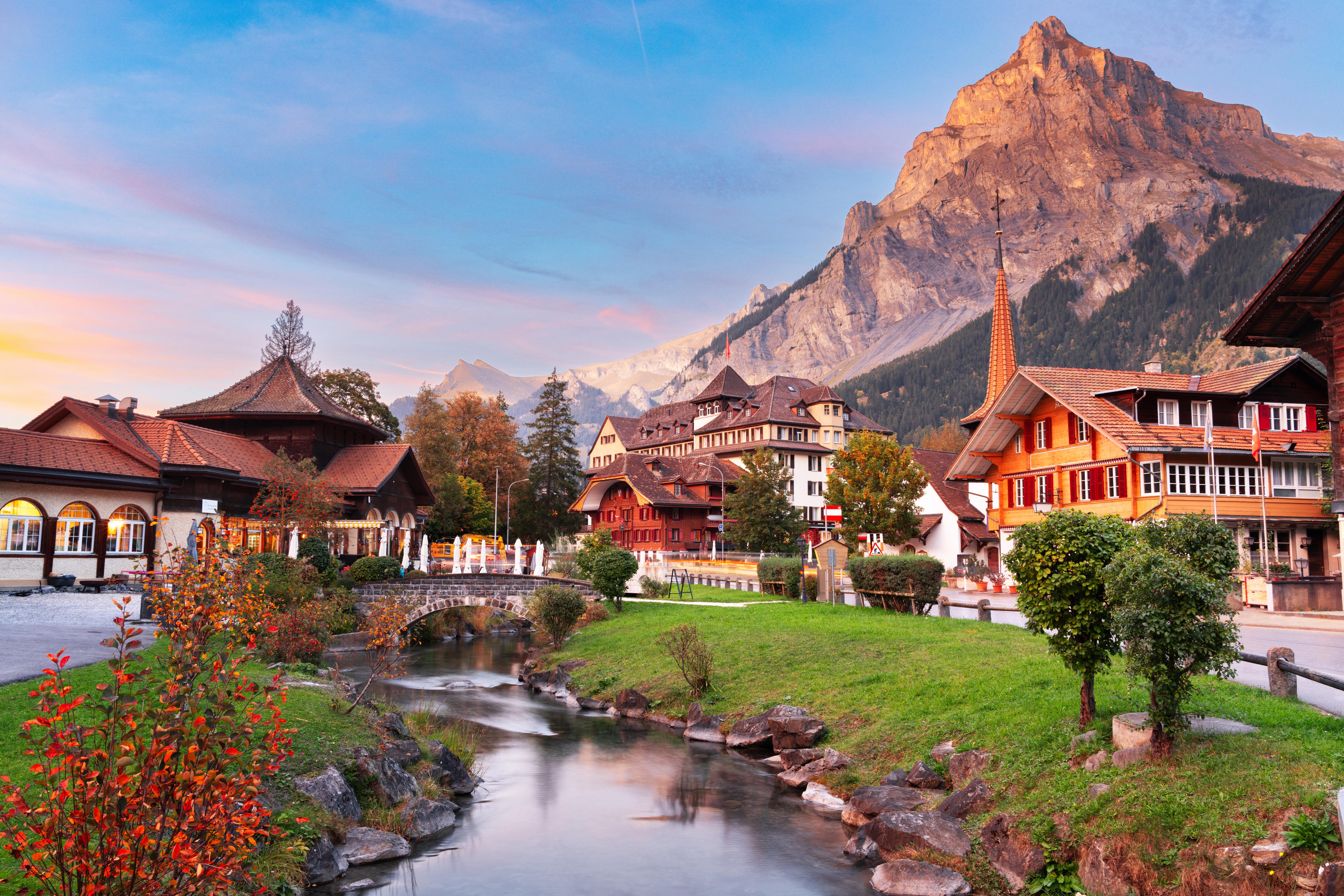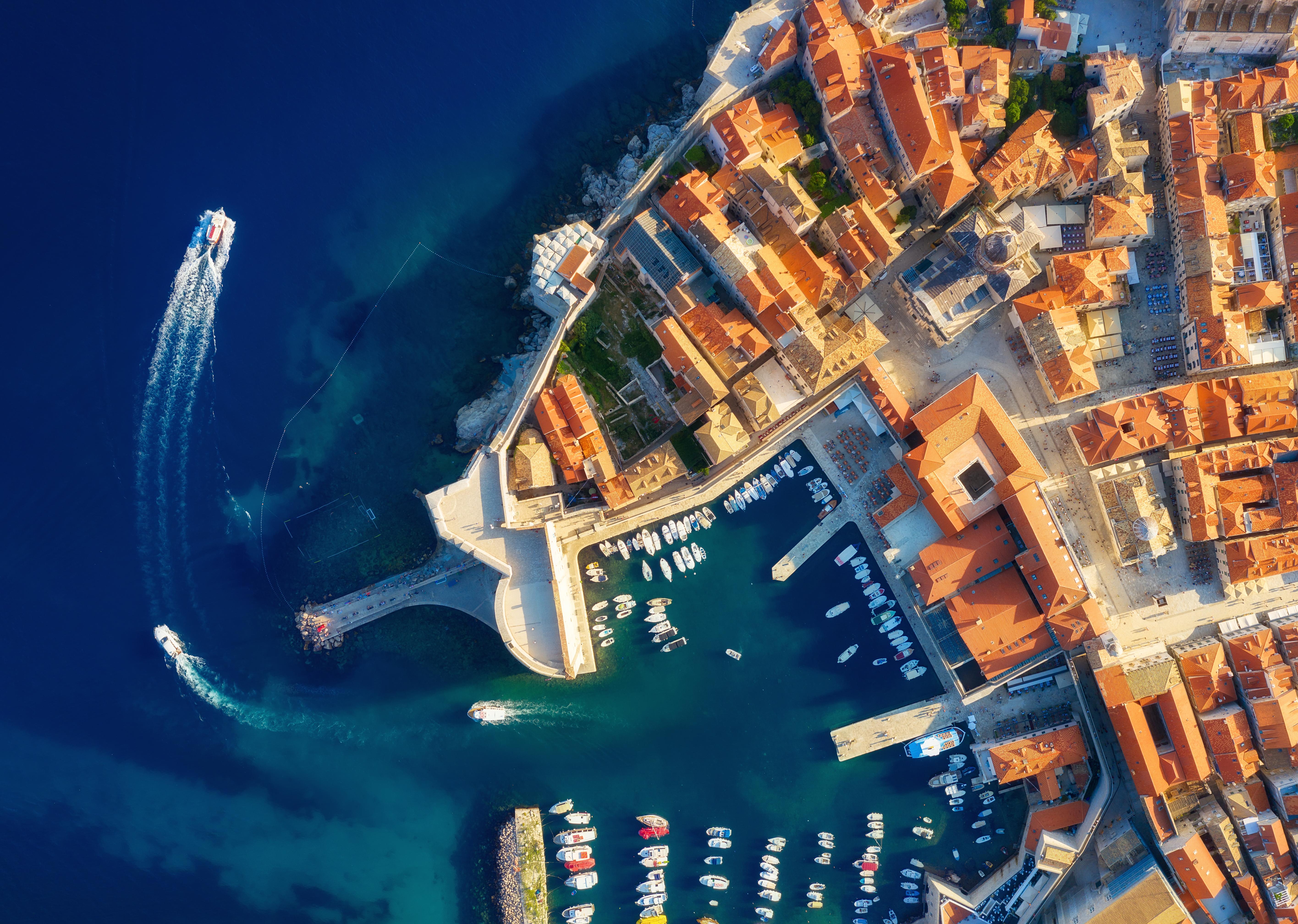11 Countries Cracking Down on Overtourism (and How to Visit Responsibly)
In the era of global exploration, the allure of the world's wonders beckons travelers from all corners of the earth. Yet, as these destinations become increasingly popular, they face the challenge of overtourism—a phenomenon where the number of visitors exceeds the capacity of a place, leading to environmental degradation, cultural erosion, and diminished visitor experiences. This article delves into the journey through 11 countries that have been at the forefront of addressing overtourism. By unraveling their secrets, we gain insights into traveling responsibly, ensuring that these wonders can be enjoyed by future generations. From innovative policies to community-driven initiatives, these countries offer lessons in sustainable tourism that are as diverse as their cultural landscapes.
1. The Italian Renaissance of Tourism Management

Italy, with its rich tapestry of history, art, and architecture, is a perennial favorite among travelers. However, the influx of tourists to cities like Venice and Florence has necessitated a reevaluation of tourism strategies. The Italian government has implemented measures such as visitor caps, ticketing systems for entry into popular sites, and promoting lesser-known destinations. These efforts aim to distribute tourist traffic more evenly, preserving the integrity of iconic landmarks while boosting local economies in less-visited areas. By focusing on quality over quantity, Italy is redefining its tourism landscape, ensuring that visitors can experience its wonders without contributing to their decline.
2. The Balinese Balance

Bali, Indonesia, is synonymous with paradise, drawing millions with its stunning beaches and vibrant culture. However, the island has struggled with the environmental impact of overtourism. In response, Bali has embraced sustainable practices, such as banning single-use plastics and promoting eco-friendly accommodations. The local government has also invested in infrastructure improvements and educational campaigns to encourage responsible tourism. By fostering a culture of sustainability, Bali is not only protecting its natural beauty but also enhancing the quality of life for its residents and the experience for its visitors.
3. Iceland's Innovative Approach

Iceland's dramatic landscapes have captivated adventurers and nature enthusiasts alike. Yet, the surge in visitors has threatened its fragile ecosystems. To combat this, Iceland has implemented a range of measures, including limiting access to certain areas, promoting off-season travel, and investing in conservation projects. The country's tourism board actively educates visitors on respecting natural habitats and minimizing their environmental footprint. By prioritizing the preservation of its unique landscapes, Iceland is setting a standard for responsible tourism that balances economic benefits with ecological stewardship.
4. Japan's Cultural Preservation

Japan's blend of ancient traditions and modern marvels makes it a unique travel destination. However, the country's popular sites, such as Kyoto's temples and Tokyo's bustling streets, have faced the pressures of overtourism. In response, Japan has developed strategies to protect its cultural heritage, including promoting rural tourism and cultural experiences beyond the typical tourist trail. By encouraging visitors to explore lesser-known regions, Japan is not only alleviating congestion in major cities but also providing economic opportunities for rural communities. This approach ensures that Japan's cultural treasures are preserved for future generations.
5. The Galápagos Guardians

The Galápagos Islands in Ecuador are a natural wonder, home to unique species and ecosystems. However, the delicate balance of this environment has been threatened by the rise in tourism. To protect its biodiversity, the Ecuadorian government has implemented strict regulations, including limiting the number of visitors and enforcing conservation guidelines. The focus is on low-impact tourism, with initiatives that promote environmental education and sustainable practices. By prioritizing the protection of its natural heritage, the Galápagos Islands serve as a model for how tourism can coexist with conservation.
6. New Zealand's Nature-First Philosophy

New Zealand's breathtaking landscapes and adventure opportunities have made it a top destination for travelers seeking natural beauty. However, the country's commitment to preserving its environment has led to innovative approaches to managing tourism. New Zealand promotes responsible travel through initiatives like the Tiaki Promise, which encourages visitors to care for the land and respect local customs. The government also invests in infrastructure and conservation efforts to ensure that tourism growth does not come at the expense of its natural resources. This nature-first philosophy ensures that New Zealand remains a pristine paradise for generations to come.
7. Thailand's Community-Centric Model

Thailand's vibrant culture and stunning landscapes attract millions of visitors each year. To address the challenges of overtourism, Thailand has adopted a community-centric model, focusing on sustainable tourism practices that benefit local populations. Initiatives such as community-based tourism projects and cultural exchange programs empower locals to share their traditions while preserving their way of life. By involving communities in tourism planning and decision-making, Thailand is creating a more equitable and sustainable tourism industry that respects both people and the environment.
8. The Swiss Sustainable Tourism Strategy

Switzerland's picturesque landscapes and charming cities have long been a draw for tourists. To manage the impact of tourism, Switzerland has developed a comprehensive sustainable tourism strategy. This includes promoting eco-friendly transportation options, supporting local businesses, and encouraging off-peak travel. Swiss tourism authorities also focus on educating visitors about environmental responsibility and cultural sensitivity. By integrating sustainability into every aspect of the tourism experience, Switzerland is ensuring that its natural and cultural assets are preserved for future enjoyment.
9. Bhutan's High-Value, Low-Impact Approach

Bhutan, known for its stunning Himalayan scenery and rich cultural heritage, has taken a unique approach to tourism. The country follows a high-value, low-impact tourism policy, which limits the number of visitors and requires them to pay a daily fee that supports conservation and community development. This model ensures that tourism benefits the local economy while minimizing environmental and cultural impacts. By prioritizing quality over quantity, Bhutan is preserving its unique identity and ensuring that visitors have a meaningful and respectful experience.
10. The Costa Rican Conservation Model

Costa Rica's diverse ecosystems and commitment to conservation have made it a leader in sustainable tourism. The country has implemented policies that protect its natural resources, such as national park systems and eco-friendly certifications for businesses. Costa Rica also promotes educational initiatives that teach visitors about biodiversity and sustainability. By integrating conservation into its tourism model, Costa Rica is not only protecting its natural heritage but also enhancing the visitor experience, offering travelers a chance to connect with nature in a meaningful way.
11. The Croatian Cultural Renaissance

Croatia's stunning coastline and historic cities have made it a popular destination for travelers. To address the challenges of overtourism, Croatia is focusing on cultural preservation and sustainable tourism practices. This includes promoting off-season travel, supporting local artisans, and investing in heritage conservation projects. By emphasizing the importance of cultural heritage, Croatia is ensuring that its historic sites and traditions are preserved while providing visitors with an authentic and enriching experience.
The Future of Responsible Travel

As we journey through the world's wonders, it becomes clear that addressing overtourism requires a multifaceted approach. The 11 countries highlighted in this article have demonstrated that sustainable tourism is not only possible but essential for preserving the natural and cultural treasures that make each destination unique. By prioritizing environmental conservation, cultural preservation, and community engagement, these countries are paving the way for a more responsible and enriching travel experience. As travelers, we have a role to play in supporting these efforts by choosing destinations wisely, respecting local customs, and minimizing our environmental footprint. Together, we can ensure that the wonders of the world remain vibrant and accessible for generations to come.








